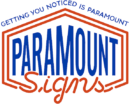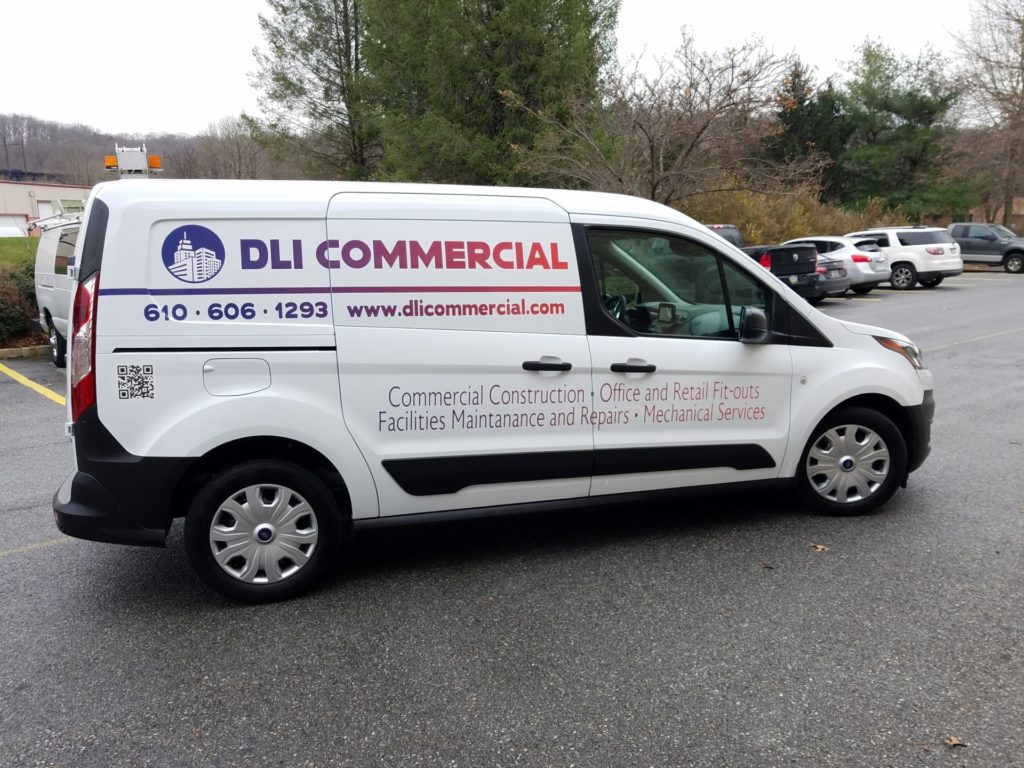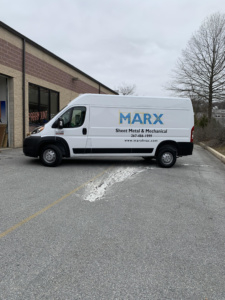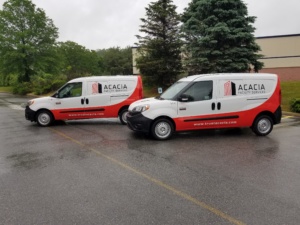There is more than meets the eye when it comes to vinyl wraps. Customers tend to focus first on the question of cost. While we understand the cost serves as a large factor in deciding to pursue a vehicle wrap, it cannot be the only factor. When inquiring about cost, if you get a straightforward answer without answering the proper questions, run away! Without a proper understanding of the job, any price given will not reflect the final product or the quality.
In order to set you up for success, we have listed a few things you should know when investigating what you want for your vehicle wrap so you can ask the important questions.

What type of vehicle are you planning on wrapping?
The complexities of the shapes of different vehicles lend themselves to a variety of different styles of vehicle wrap. A vehicle with large flat surfaces will need a different style than one with large recesses and curves. The size of the vehicle also plays a role in the style of wrap. The readability of your message on your vehicle depends on the size, shape, and curves. We want to ensure your message reads clearly! We also need to know the condition of the paint. People have a misconception that instead of getting their vehicle repainted they will just wrap the peeling paint. This will 100% lead to wrap failure. A solid condition vehicle is a must for vinyl wraps.
What is the life expectancy needed?
Sometimes partial wraps are done for a short 3-6 month promo. Most customers would like the longest life product available. This determines the type of vinyl used as well as print quality. For shorter-term wraps, typically a calendared material is used with removable adhesive. Print quality may or may not be as high quality as other wraps depending on the design. This saves ink and therefore cost.
Two vinyl types prevail when it comes to vehicle wraps: Cast and Calendared.
Calendared: This type of vinyl goes through a manufacturing process similar to steel plates. The vinyl comes in a large block. It is then heated to a point where it is malleable. The block is run between two rollers, back and forth between the rollers. The rollers are closed a little during each pass until the vinyl is squeezed to the desired thickness. This is a relatively inexpensive process, therefore reducing the cost of the final product. The drawback is that there are residual stresses in the vinyl which makes it tend to shrink over time reducing the life of the product.
Cast: Cast vinyl is exactly as it sounds. It is melted to a liquid state and poured into a mold. The vinyl is cooled slowly and then reheated to cure. The vinyl is allowed to cool naturally resulting in a product that is stress-free. The process of creating cast vinyl makes it much more durable, flexible, and expensive than calendared.
This link shows a short video that does a great job of explaining these two types of film.
What would be the ideal applications for the different types of vinyl?
Calendared vinyl: is usually 2.5 mils to 4 mils thick. This vinyl is used for short-term applications. Typically referred to as short-term, economy, or Intermediate films, the product is not conformable and doesn’t stretch as well. It is best for flat, simple surfaces. These films are less durable than cast and typically last 3-6 years.
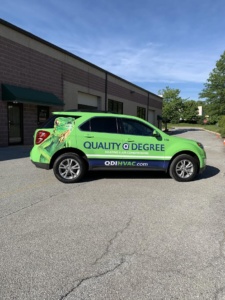
Cast vinyl: this product is stretchy and more conformable; it is often referred to as high-performance or premium film. Cast vinyl is recommended for complex surfaces with curves, rivets, and corrugations. These films typically last 7+ years outdoors.
So there is your brief tutorial on wrap material types so you can ask the right questions when planning your wrap.
If you are planning your wrap, don’t hesitate to give Paramount Signs a call for a free consultation. We are a 3M MCS facility which allows us to offer the leading 3M backed warranty in the industry.
Remember, “getting you noticed is Paramount!”
